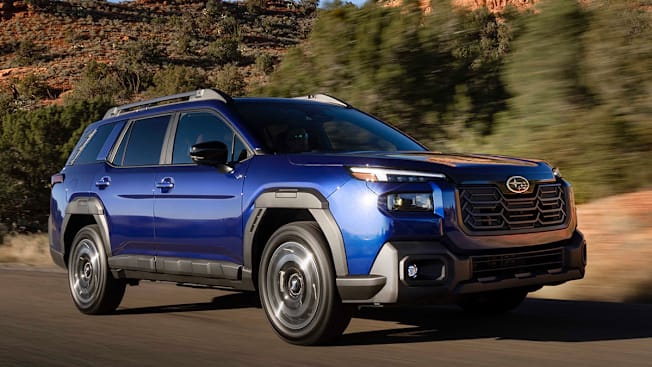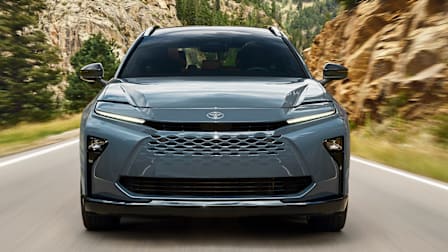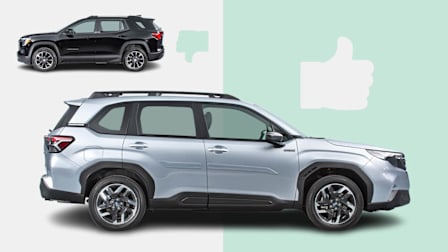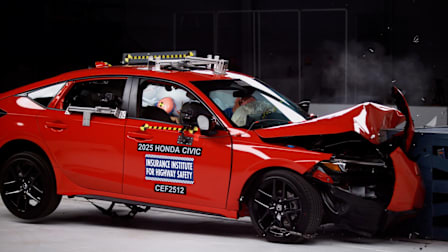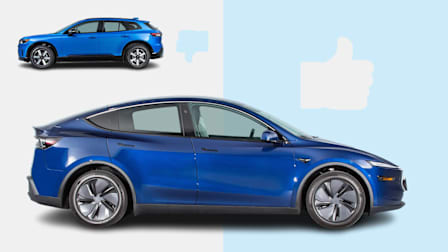Preview: The 2026 Subaru Outback Is Truly an SUV Now
Beyond the space gains, the biggest improvements are updated infotainment and more advanced driver assistance systems
The Subaru Outback is a whole new vehicle for 2026. It’s two inches taller than the current Outback and has a more rugged profile. It’s a two-row midsized SUV, fitting between the Subaru Forester the larger three-row Ascent.
The new design marks a departure for the Outback, which was introduced in 1994 as a more rugged, lifted version of the Legacy, and was previously available in both sedan and station wagon configurations. But the Legacy is gone from Subaru’s lineup after 2025, leaving the Outback free to be redefined.
- Subaru Outback: CR's Take Outside Inside What Drives It Safety and Driver Assistance Systems
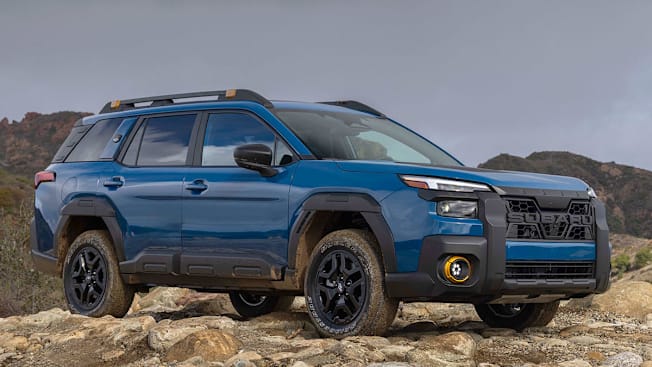
Photo: Subaru Photo: Subaru
CR's Take
The Outback is already one of our favorite family haulers, and we are confident that the Outback’s redesign will make it even more appealing to those with an outdoorsy lifestyle (and those who aspire to one). Of all its new details, we’re most interested in the updated interior. See, this new Outback is the first Subaru to ditch the brand’s current clunky touchscreen climate controls for a more traditional setup. At first glance, the dedicated knobs and buttons appear to be easier to use—especially with gloves on. Subaru also says it’s increased the processing power behind its active driving assistance systems for better performance.
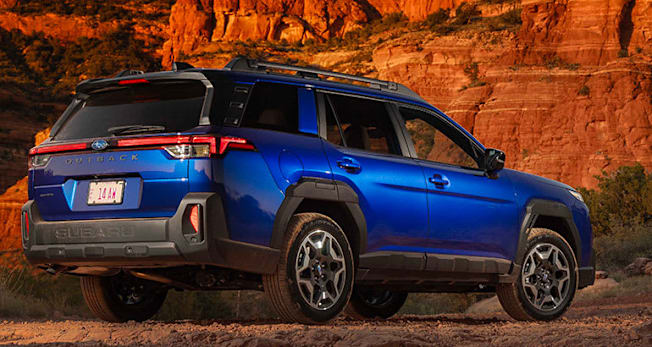
Photo: Subaru Photo: Subaru
Outside
Subaru says the new Outback “retains its signature proportions” with the exception of its roofline, which grows two inches taller. However, the upright grille and a boxy profile give it a rough overall appearance compared with the Outback that this new model replaces. Premium, Limited, and Touring trims get 18-inch wheels, while the Limited XT and Touring XT get 19-inch wheels, and the Wilderness edition gets 17-inch wheels and beefier tires.
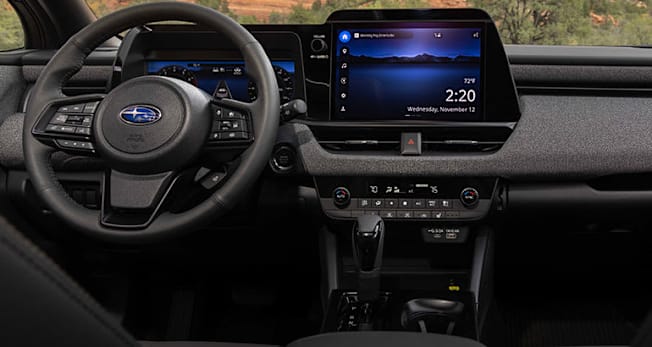
Photo: Subaru Photo: Subaru
Inside
We really like what we’ve seen so far of the new Outback’s interior: Buttons, knobs, and a traditional shifter! Along with Honda and a few other brands, Subaru is taking a step back from the touchscreen mania that’s affecting so many vehicles these days. Some of the things we dislike about current Subarus are their clumsy climate controls and cluttered, laggy touchscreens. We expect that the new Outback will be easier to use and less distracting while driving. Subaru also says there’s a new interface and settings for the 12.1-inch touchscreen in the center of the dashboard and 12.3-inch digital instrument cluster behind the steering wheel.
Practicality aside, the Outback promises to be a little more refined than its predecessor, with more sound-deadening materials to block out wind and engine noise. It’s roomier, too, thanks to the taller roofline and boxier silhouette. Subaru says it has 34.6 cubic feet of cargo area behind the rear seats, up 2 cubic feet from the outgoing model. That’s over 20 percent more space than the Forester, as well. Even the cupholders are larger.
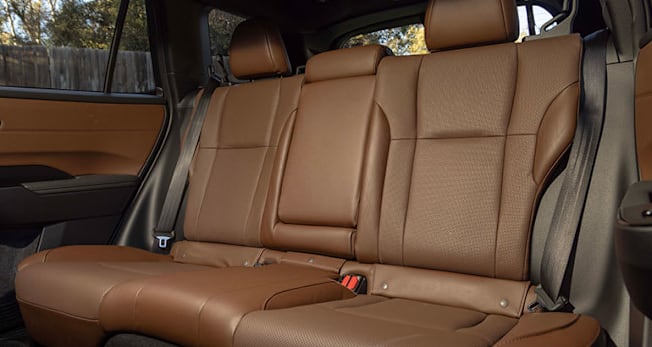
Photo: Subaru Photo: Subaru
What Drives It
Most of the changes under the Outback’s sheetmetal are revisions, not reinventions. The base engine, steering rack, and all-wheel drive system have all been retuned or revised in some way. Interestingly, the “revised” base engine is good for 180 horsepower, down 2 hp from the 2025 model. The Limited XT, Touring XT, and Wilderness trims get the 2.4-liter, 260-hp turbocharged four-cylinder engine that’s carried over from the current XT. Every Outback gets all-wheel drive and a continuously variable transmission (CVT). The Outback comes standard with Subaru’s X-Mode setup, which adjusts the throttle, brakes, all-wheel drive system, and traction control to improve grip on rough surfaces. The Wilderness edition gets additional X-Mode settings for Snow/Dirt and Deep Snow/Mud.
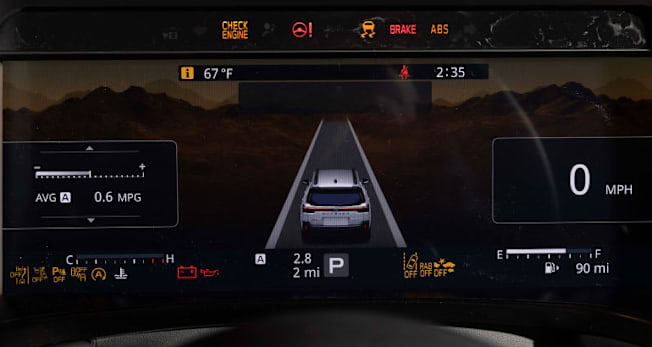
Photo: Subaru Photo: Subaru
Safety and Driver Assistance Systems
Subaru says that its EyeSight driver assistance systems have been upgraded, with more processing power, new features, and new cameras and sensors. The Outback’s active driver assistance system can now operate on highways at speeds up to 85 mph with driver supervision. If the driver becomes unresponsive while adaptive cruise control is in operation, Emergency Stop Assist with Safe Lane Selection can turn on the flashers, slow the car, and pull it onto the shoulder.
A new wider-angle camera is supposed to work better at spotting pedestrians and cyclists. We’re eager to see how well it performs in IIHS tests.
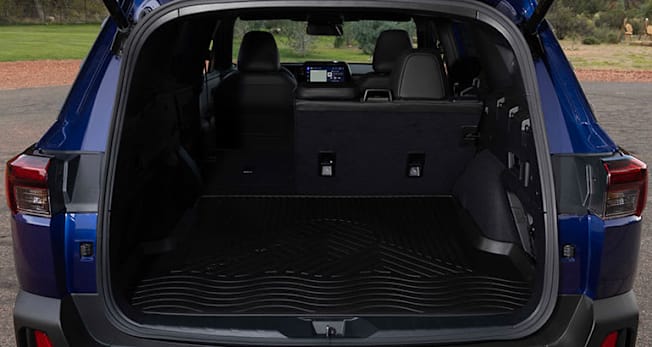
Photo: Subaru Photo: Subaru

















